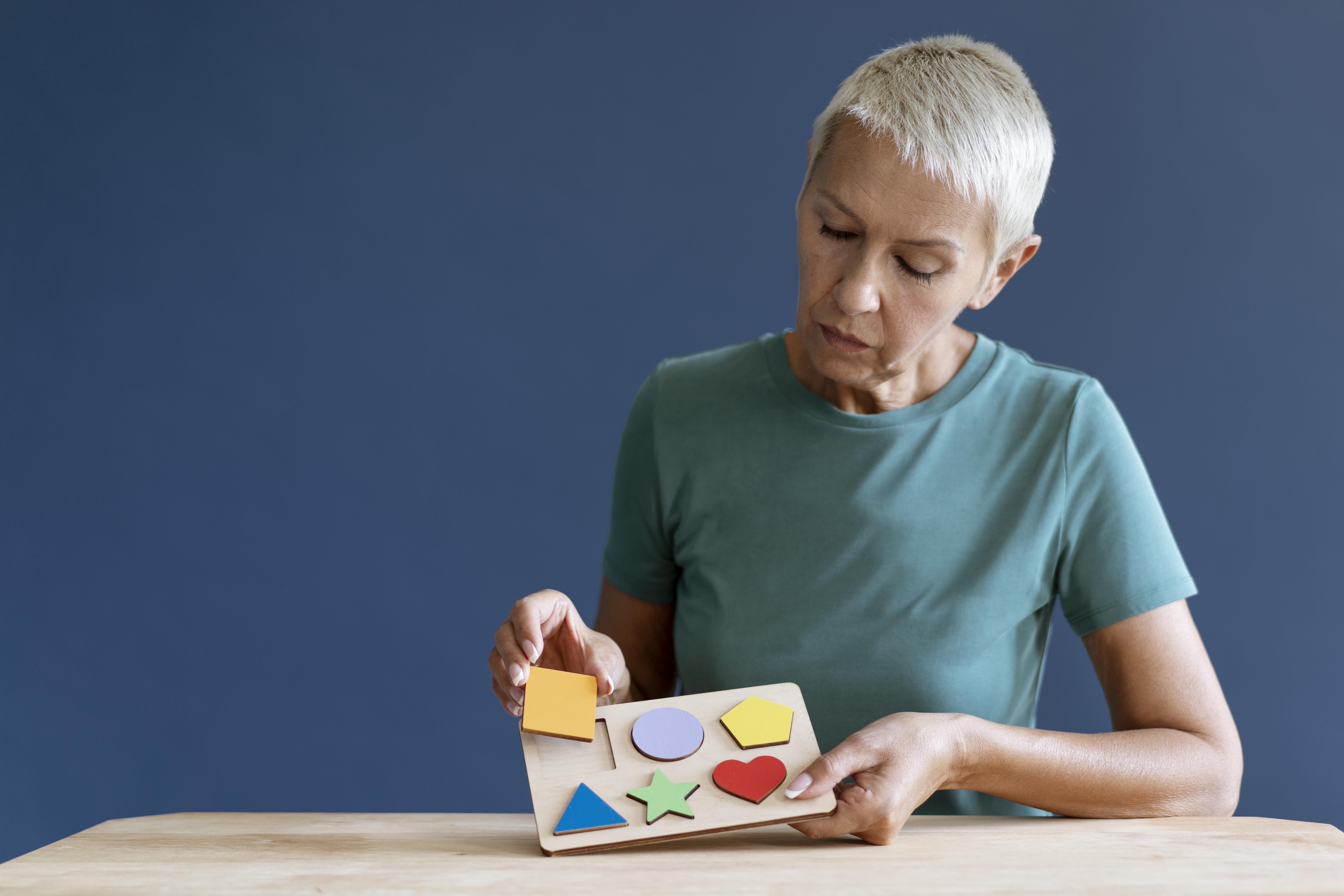Understanding Adult Autism Evaluation
Autism spectrum disorder (ASD) is a neurodevelopmental condition typically identified in childhood. However, many individuals reach adulthood without a diagnosis, often due to subtle symptoms or effective coping mechanisms. An adult autism evaluation can provide clarity for those who have long felt different but never understood why.
The Rise of Late Autism Diagnosis
In recent years, there’s been a significant increase in adults seeking autism evaluations. Factors contributing to this trend include increased awareness, broader diagnostic criteria, and recognition of autism’s diverse presentations. Many adults, upon learning about ASD, recognize traits in themselves and pursue evaluations to better understand their experiences.
Autism as an Adult: Recognizing the Signs
Adults with undiagnosed autism might exhibit challenges in social communication, difficulty interpreting social cues, sensory sensitivities, repetitive behaviors, and a preference for routines. These traits can impact relationships, employment, and overall well-being. Recognizing these signs is the first step toward seeking support.
Why Do Some People Not Get Diagnosed with Autism Until Adulthood?
Several factors contribute to delayed diagnoses:
- Masking: Many individuals, especially females, learn to camouflage their autistic traits to fit societal norms.
- Misdiagnosis: Symptoms might be attributed to other conditions like ADHD, anxiety, or depression.
- Lack of Awareness: Historically, autism was primarily associated with children, leading to overlooked diagnoses in adults.
- Gender Bias: Diagnostic criteria were developed based on male presentations, causing females and non-binary individuals to be underdiagnosed.
Is It Ever Too Late to Get Diagnosed with Autism?
No, it’s never too late. An adult autism diagnosis can provide validation, understanding, and access to resources. It can explain lifelong challenges and pave the way for tailored support strategies, improving mental health and quality of life.
Benefits of an Adult Autism Diagnosis
- Self-Understanding: Recognizing one’s neurodivergence can alleviate feelings of isolation or confusion.
- Access to Support: A formal diagnosis can open doors to therapies, support groups, and workplace accommodations.
- Improved Relationships: Understanding one’s communication style can enhance personal and professional relationships.
- Mental Health: Addressing co-occurring conditions like anxiety or depression becomes more effective with an accurate diagnosis.
The Adult Autism Evaluation Process
An adult autism evaluation typically involves:
- Clinical Interviews: Discussing developmental history, behaviors, and challenges.
- Standardized Assessments: Tools like the Autism Diagnostic Observation Schedule (ADOS) or the Ritvo Autism Asperger Diagnostic Scale-Revised (RAADS-R).
- Observation: Evaluating social interactions and communication patterns.
Consulting with a healthcare professional experienced in adult autism is crucial for an accurate assessment.
Challenges in Adult Autism Diagnosis
Diagnosing autism in adults presents unique challenges:
- Retrospective Analysis: Adults must recall childhood behaviors, which can be influenced by memory biases.
- Co-occurring Conditions: Depression, anxiety, or other mental health issues can mask or mimic autistic traits.
- Limited Specialists: Fewer professionals specialize in adult autism assessments, leading to longer wait times.
Seeking Support After Diagnosis
Post-diagnosis, individuals can benefit from:
- Therapy: Cognitive-behavioral therapy tailored for autistic adults.
- Support Groups: Connecting with others who share similar experiences.
- Educational Resources: Learning more about autism to better understand oneself.
- Workplace Accommodations: Requesting adjustments to better suit one’s needs.
FAQs
What is an adult autism evaluation?
It’s a comprehensive assessment conducted by professionals to determine if an adult meets the criteria for autism spectrum disorder.
Why do some people not get diagnosed with autism until adulthood?
Factors include masking behaviors, misdiagnoses, lack of awareness, and gender biases in diagnostic criteria.
Is it ever too late to get diagnosed with autism?
No, individuals can seek a diagnosis at any age, leading to better self-understanding and access to support.
What are the benefits of a late autism diagnosis?
Benefits include validation, improved mental health, access to resources, and enhanced relationships.
How can I get evaluated for autism as an adult?
Start by consulting with a healthcare professional experienced in adult autism assessments. They can guide you through the evaluation process.
You can also speak with our care-coordinator who can guide you through the process. Click here to find out more about our process and schedule a call.
At SF Stress & Anxiety Center, we recognize the importance of understanding oneself. Our team offers comprehensive adult autism evaluations, providing clarity and support for those seeking answers.



